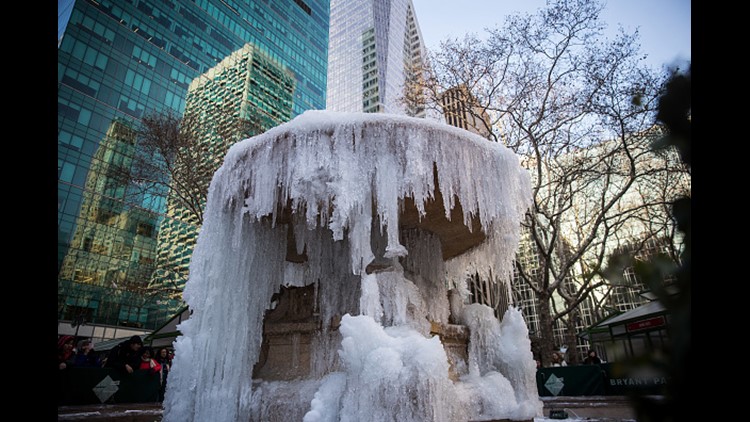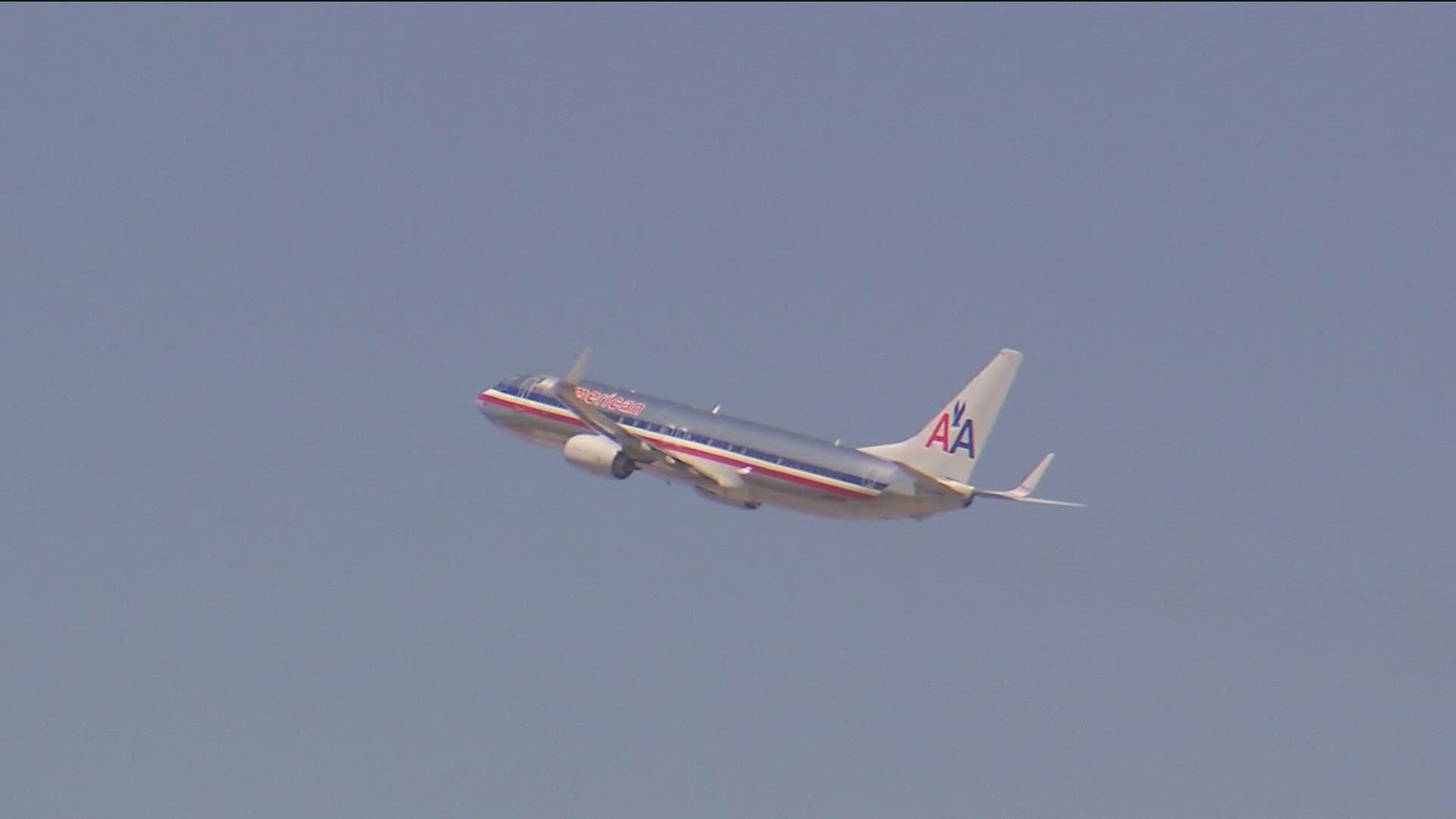As bone-chilling cold takes hold of parts of the United States, more ferocious winter weather is on its way.
The National Weather Service tweeted Wednesday that snow, ice, strong winds, and flooding in coastal areas will plague much of the East Coast, spanning from Florida all the way to New England. Weather forecasters warned a so-called "bomb cyclone" will likely form off the New England coast as the storm system makes its way north.
Ryan Maue of weather.us tweeted that meteorologists will be watching the "bomb" explode off the New England coast.
"It will be massive, fill up entire Western Atlantic off U.S. East Coast," Maue tweeted. "Pressure as low as Sandy and hurricane winds."
So what exactly is a 'bomb cyclone'?
A bomb cyclone, which occurs through the process of bombogenesis, is basically a winter hurricane. According to the National Oceanic and Atmospheric Administration, it "occurs when a midlatitude cyclone rapidly intensifies," or quickly drops in atmospheric pressure, marking the strengthening of the storm.
Bombogenesis is said to occur when a storm's central barometric pressure drops at least 24 millibars in 24 hours. (A millibar is a way of measuring pressure.) The lower the pressure, the more powerful the storm.
The word is a combination of cyclogenesis, which describes the formation of a cyclone or storm, and bomb, which is, well, pretty self-explanatory.
"This can happen when a cold air mass collides with a warm air mass, such as air over warm ocean waters," NOAA said. "The formation of this rapidly strengthening weather system is a process called bombogenesis, which creates what is known as a bomb cyclone."
In the 1940s, some meteorologists began informally calling some big coastal storms "bombs" because they develop "with a ferocity we rarely, if ever, see over land," said Fred Sanders, a retired MIT professor, who brought the term into common usage by describing such storms in a 1980 article in the journal Monthly Weather Review.
Many nor'easters -- infamous big storms that wallop the East Coast -- are the product of bombs, according to meteorologist Jeff Haby.
Brian Hurley, a National Weather Service meteorologist, told the Associated Press that as the system makes it's way north, New England will see blizzard-like conditions along the coast.
“Because of the intensification of the system that is only going to reinforce the cold air,” he said.



